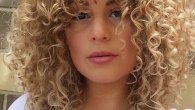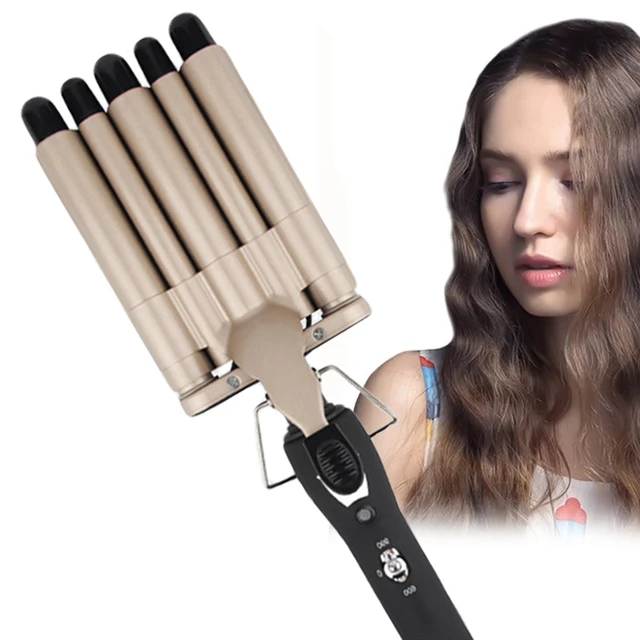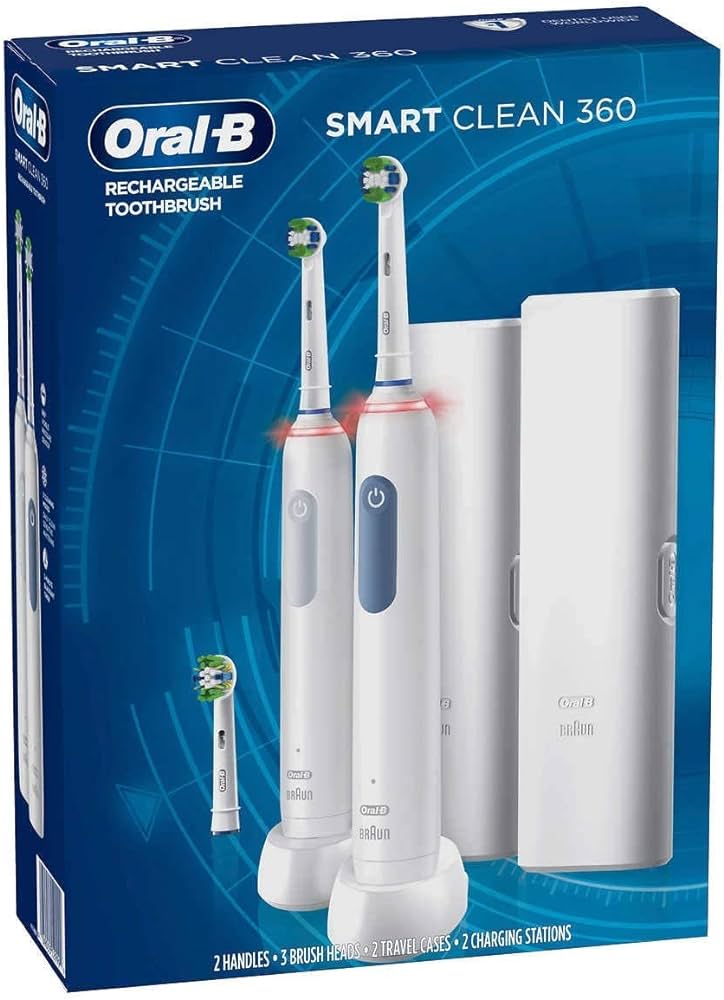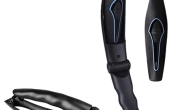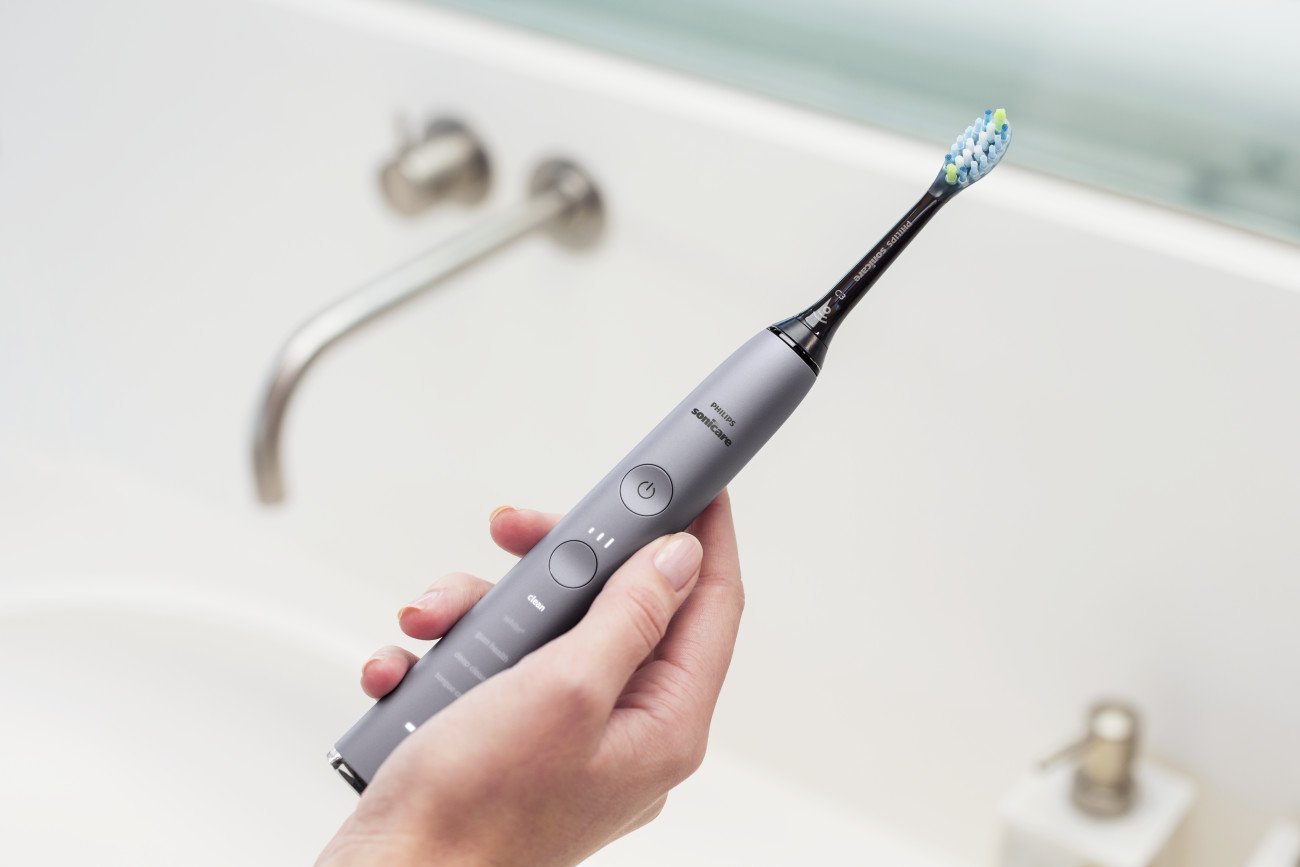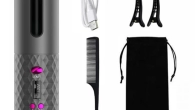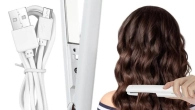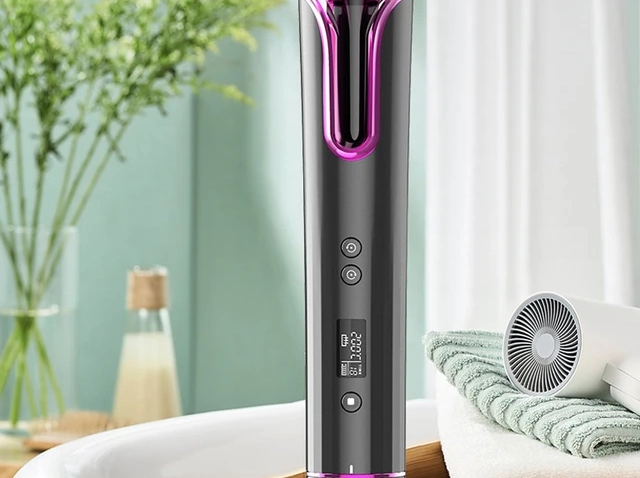
Are there any tips for preventing hair damage with a curling iron?
Introduction
Curling irons are popular hairstyling tools that allow you to create beautiful curls and waves. However, excessive heat and improper use can lead to hair damage, including dryness, breakage, and split ends. To achieve stunning curls without compromising the health of your hair, it is essential to take precautions and adopt protective measures. In this guide, we will provide specific tips to help you prevent hair damage while using a curling iron, ensuring that your hair remains healthy and vibrant.
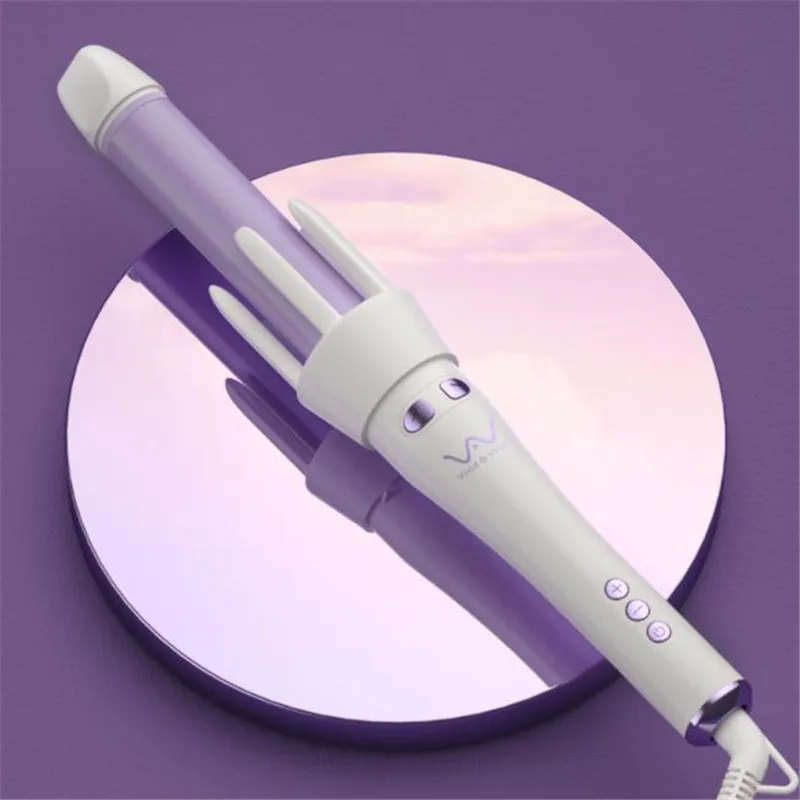
Are there any tips for preventing hair damage with a curling iron?
I. Preparing the Hair
-
Clean and Dry Hair:
- Start with clean, dry hair to achieve the best curling results. Washing your hair before curling removes excess oils and product buildup that can interfere with the curling process.
-
Heat Protection:
- Apply a heat protectant spray or serum to your hair prior to using a curling iron. This protective layer helps to shield your hair from the intense heat and reduces the risk of damage.
II. Choosing the Right Curling Iron
-
Barrel Size:
- Select a curling iron with a barrel size that matches your desired curl size. Smaller barrels create tighter curls, while larger barrels produce looser waves.
-
Heat Settings:
- Opt for a curling iron that offers adjustable heat settings. Different hair types require different levels of heat, so being able to customize the temperature allows for safer and more effective styling.
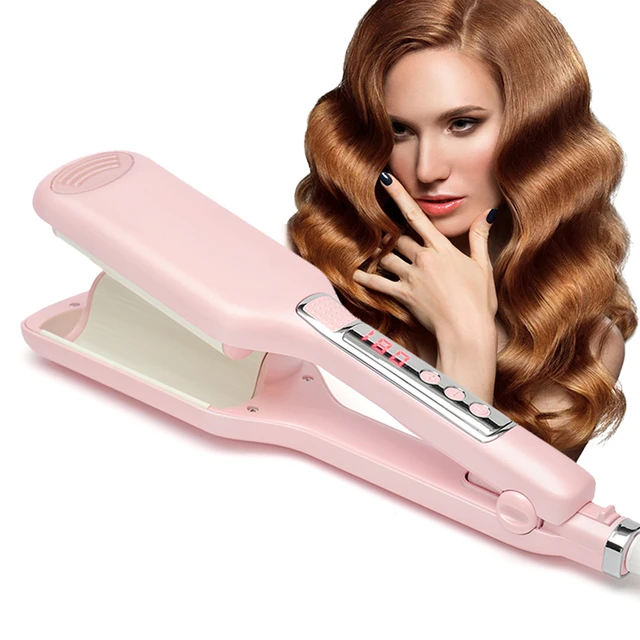
III. Preheating the Curling Iron
-
Allow Sufficient Heating Time:
- Let the curling iron fully heat up before using it on your hair. This ensures that the iron is at the optimal temperature for creating curls without needing to expose your hair to excessive heat for longer periods.
-
Test the Heat:
- Before using the curling iron on your hair, test the temperature on a small section of hair near the back. This ensures that the curling iron is not too hot and prevents accidental burns or excessive heat exposure.
IV. Proper Technique and Usage
-
Sectioning the Hair:
- Divide your hair into manageable sections, securing them with clips or hair ties. This helps to ensure that each section receives equal attention and prevents other hair strands from interfering with the curling process.
-
Consistent Curling Width:
- Maintain a consistent width of hair sections when wrapping them around the curling iron. This promotes even heat distribution and reduces the risk of overheating certain sections of hair.
-
Avoid Overexposure to Heat:
- Limit the time your hair is exposed to the curling iron to prevent excessive heat damage. Typically, a few seconds of exposure is sufficient to create curls. Experiment with the timing to find what works best for your hair type.
-
Wrap, Don’t Clam:
- Wrap the hair smoothly around the barrel of the curling iron instead of clamping it tightly. Clamping the hair too tightly can create unnecessary tension and result in hair breakage or damage.
-
Direction of Curl:
- Vary the direction of your curls to create a more natural and voluminous look. Curl some sections away from your face and others towards your face, alternating between the two for added dimension.
-
Gentle Release:
- Carefully release the curl from the curling iron, being mindful of not tugging or pulling on the hair. This ensures that the curl maintains its shape and reduces the risk of breakage.
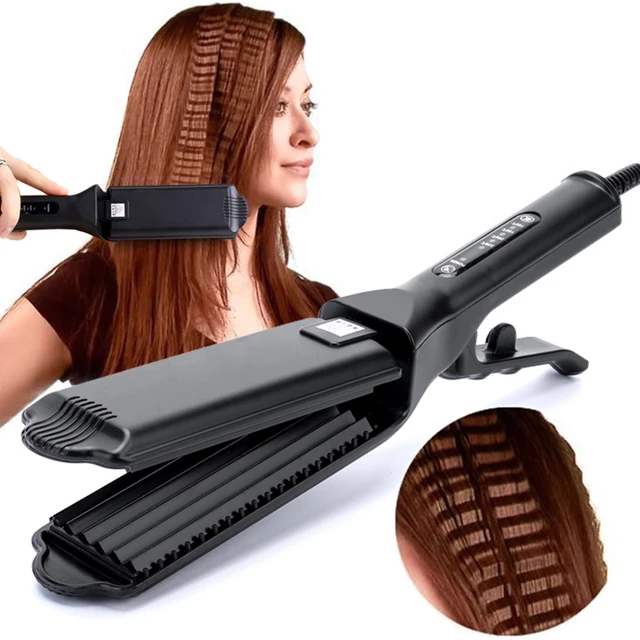
V. Heat Protection Tips
-
Avoid Excessive Heat:
- Set the temperature of the curling iron to the lowest effective level for your hair type. Excessive heat can lead to dryness and damage over time.
-
Heat Protectant Reapplication:
- If you are working with a large amount of hair or taking a longer styling session, consider reapplying heat protectant to your hair as needed. This helps to ensure continued protection against heat damage throughout the styling process.
VI. Post-Styling Care
-
Cooling Period:
- Allow the curls to cool and set before manipulating or touching them. This helps the curls to hold their shape and minimizes the risk of the curls falling or losing their definition prematurely.
-
Set the Curls:
- Apply a light-hold hairspray or setting spray to help the curls maintain their shape and longevity. Hold the spray a suitable distance away from your hair to avoid saturating the curls.
-
Avoid Over-Styling:
- Resist the temptation to restyle or touch your curls excessively throughout the day. Excessive manipulation can cause the curls to lose their shape and increase the risk of breakage.
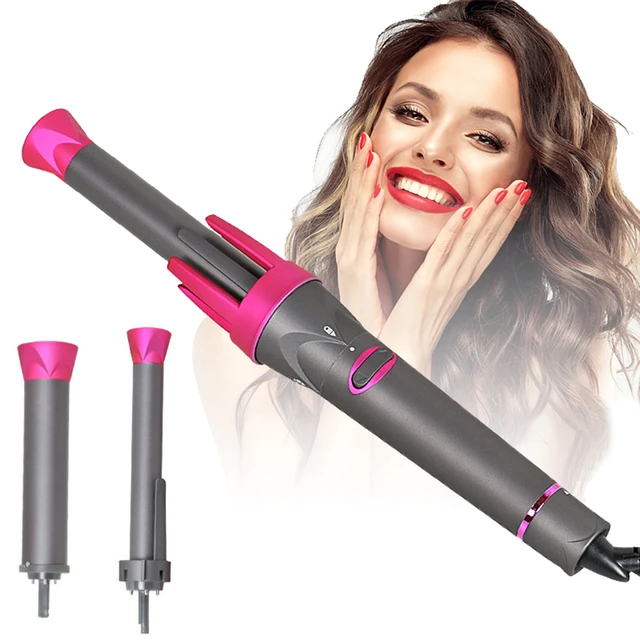
VII. General Hair Care Practices
-
Regular Trimming:
- Schedule regular trims to remove any split ends or damaged hair. Trimming helps to maintain the overall health of your hair and prevents damage from spreading further up the hair shaft.
-
Deep Conditioning Treatments:
- Incorporate deep conditioning treatments into your hair care routine to nourish and moisturize your hair. This helps to mitigate any damage caused by heat styling and promotes healthier, more resilient hair.
-
Avoid Overwashing:
- Limit the frequency of washing your hair to maintain its natural oils and prevent excessive dryness. Dry hair is more prone to damage from heat styling.
-
Use Quality Hair Care Products:
- Invest in high-quality shampoos, conditioners, and styling products that are specifically formulated for your hair type. These products can help nourish and protect your hair, minimizing the risk of damage.
VIII. Avoiding Other Heat Sources
-
Limit Heat Styling:
- Minimize the use of other heat styling tools like flat irons and blow dryers to reduce the overall heat exposure and potential damage to your hair.
-
Air Dry When Possible:
- Allow your hair to air dry naturally whenever possible instead of using heated tools. Air drying is a gentle and heat-free method of styling that helps to maintain the health of your hair.
IX. Consider Alternatives to Heat Styling
-
Heatless Curling Methods:
- Explore heatless curling methods, such as overnight braids or foam rollers, to achieve curls and waves without exposing your hair to heat. These methods are gentler on the hair and reduce the risk of damage.
-
Styling with Damp Hair:
- Experiment with styling your hair when it’s damp rather than wet. This can help achieve natural curls and waves without the need for a curling iron or other heat styling tools.
X. Consult a Professional
-
Seek Hairstylist Advice:
- If you’re unsure about using a curling iron or need personalized advice based on your hair type and condition, consult a professional hairstylist. They can guide you on proper techniques, suitable products, and suggest alternative styling options to minimize damage.
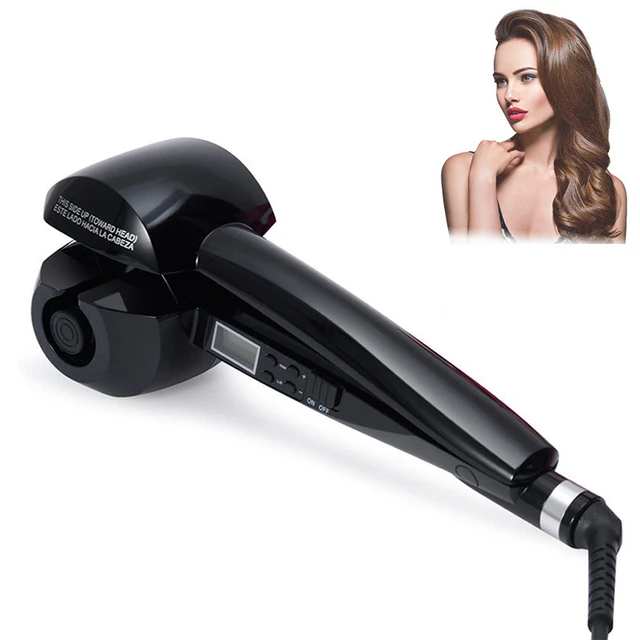
XI. Conclusion
With the right techniques and protective measures, you can enjoy curling your hair with a curling iron while minimizing the risk of damage. Start with well-prepared hair, select an appropriate curling iron, and use proper technique to avoid excessive heat exposure. Prioritize post-styling care and maintain general hair care practices to promote hair health and prevent damage.
By following these tips and adopting healthy styling habits, you can enjoy stunning curls and waves without compromising the health and vitality of your hair. Remember, a balanced approach to heat styling is key to maintaining beautiful, healthy hair.




